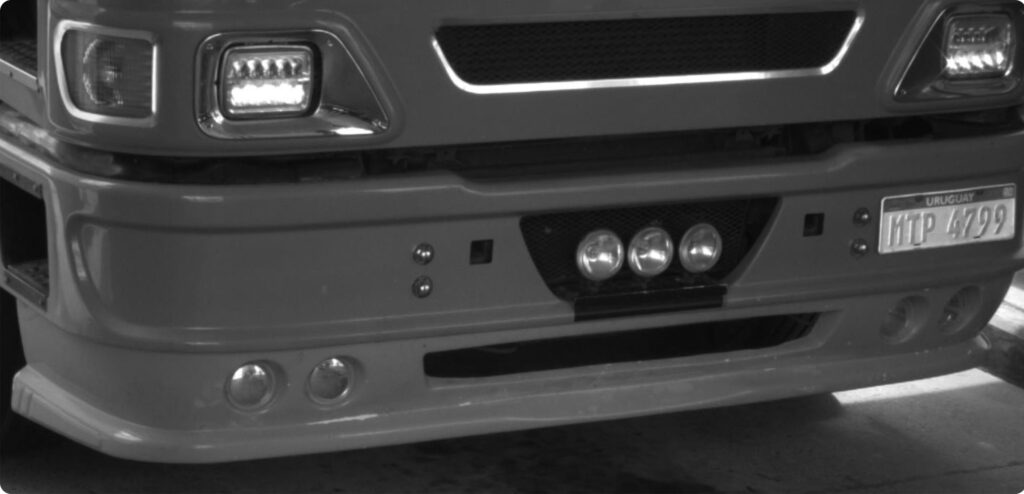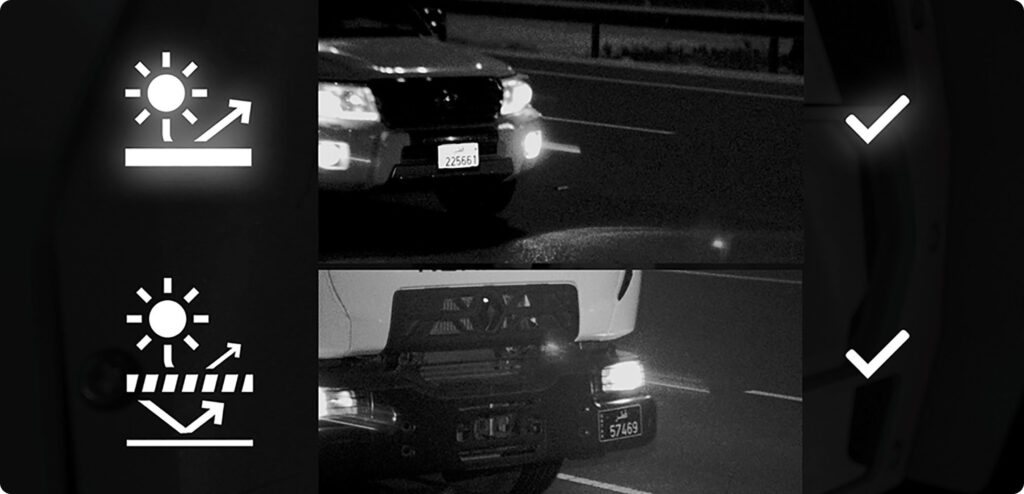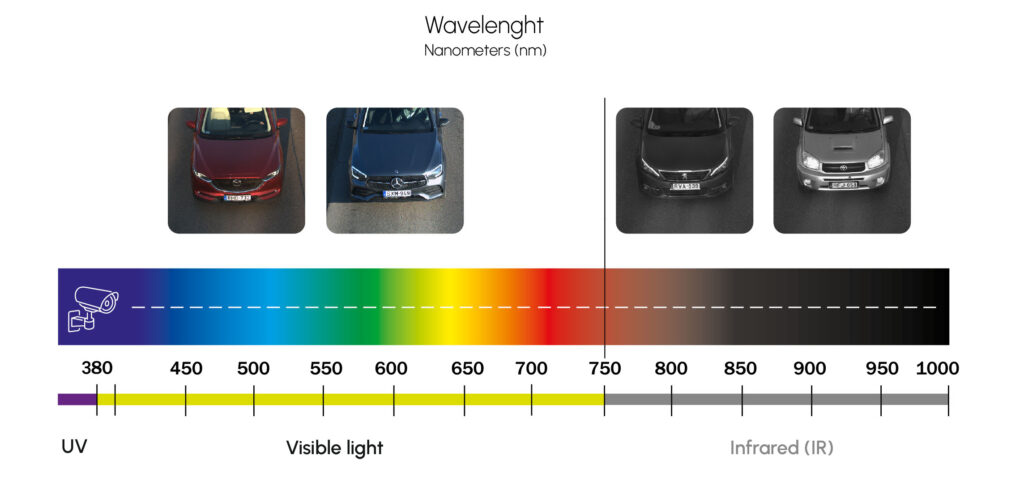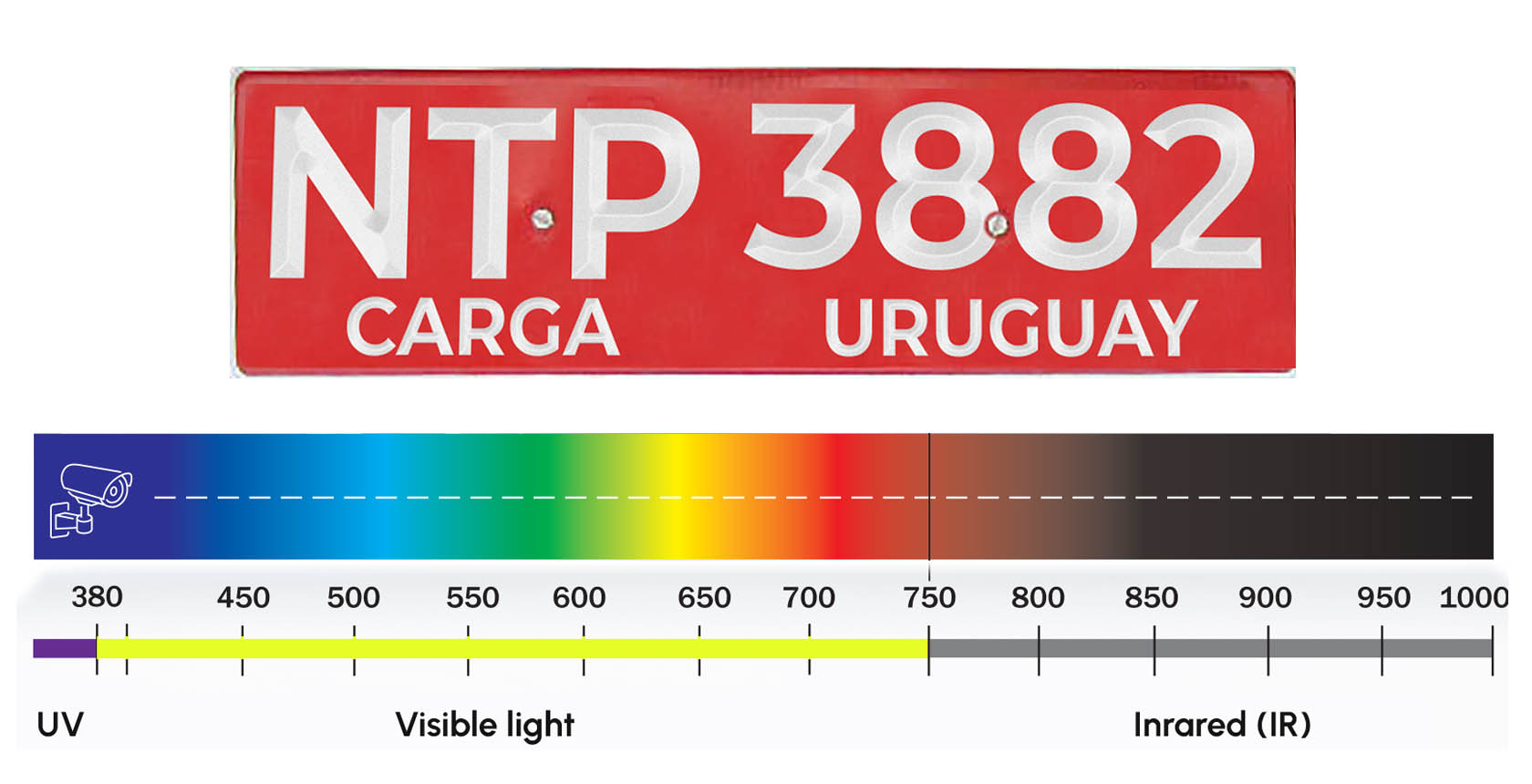License plates come in all shapes, sizes, and colors across the globe, and as technology advances, efforts to standardize these plates have increased. For businesses working with Automatic License Plate Recognition (ALPR, also known as ANPR), this is great news. But even with these efforts, reading a license plate—whether standard or unique—still presents plenty of challenges. From quirky formats and weathered plates to tricky camera angles and high-speed vehicles blurring images, there’s a lot standing between ALPR systems and flawless recognition.
The Biggest Challenges of License Plate Recognition
Let’s delve into the most formidable challenges that even the most advanced ALPR systems must overcome. While Automatic License Plate Recognition (ALPR) technology has revolutionized vehicle identification and surveillance, it still faces hurdles that demand innovative solutions. From plate variability to tricky camera angles and weather conditions, each obstacle pushes the limits of ALPR technology.
Challenges like damaged plates, glare from lighting, or dense traffic can disrupt recognition. Environmental factors like rain or fog add another layer of complexity, as do the sheer speeds at which vehicles pass by cameras. Among these challenges, one particularly stands out: custom plates and unique colors, such as red license plates, which introduce problems requiring sophisticated approaches.

The Complexities of Custom Plates and Unique Colors
In this article, we’ll focus on the challenges posed by non-standard plates. Plates with custom patterns or unconventional hues, like red, can be especially tricky. Low-light conditions exacerbate the issue, as details blend into infrared lighting, making accurate recognition even harder.
To tackle these problems, advanced ALPR systems combine cutting-edge hardware with intelligent software. Specialized camera settings optimize image capture, while neural network-powered algorithms analyze the plate’s structure and regional patterns, predicting missing or unclear characters. By learning from diverse datasets, these systems continually enhance their ability to identify even the most complex designs with precision.
While this piece focuses on custom plates and unique colors, future articles will address other critical challenges like managing glare, high-speed traffic, and the effects of environmental interference. For now, let’s take a closer look at how ALPR systems conquer the complexities of red license plates.
Why is Reading Red License Plates Such a Challenge?
Many ALPR (Automatic License Plate Recognition) systems rely on infrared (IR) light to capture plate data in low light or night conditions; however, IR light fails to capture color information. This creates a challenge in regions where color differentiation is essential, as IR illumination cannot distinguish between, for instance, red and green license plates with identical characters.
Now, imagine this: you need to read license plates that break the mold, with red characters on a lighter background or red backgrounds with white characters. Add to the mix that you need to do this at night, under less-than-ideal lighting conditions. It sounds tricky, right? Well, it is—but we’ve got you covered.
Let’s first delve into how ALPR technology operates with standard plates; understanding the basics will shed light on why certain plate types, like red ones, require extra effort.
Whether it’s day or night, capturing license plates depends on several key factors, as we already elaborated above, such as vehicle speed, camera positioning, plate variability, lighting, and weather conditions, etc. However, the real challenge is ALPR at night. Without proper lighting, an LPR camera might perceive license plates as vague, dark shapes. Using white light to illuminate the license plates could disturb drivers, and also poses problems when plates have reflective coatings, as they can create glare and obscure key details. Therefore, using IR light for license plate recognition is the most common practice, however when red plates are involved, the situation becomes more complex—and that’s where it gets fascinating!

Red License Plate Recognition Explained
Standard license plates are easily readable in the dark, thanks to infrared (IR) illumination. IR helps ALPR cameras “see” in low light, boosting the contrast between the characters on a plate and the background. And the best part is that it doesn’t blind drivers because IR works well beyond the visible spectrum.
The human eye can see light between 380nm and 750nm. To avoid dazzling drivers at night, these illuminators need to operate above 750nm. For license plate recognition at night, 850 nm IR light is optimal, while 760 nm IR light is better suited for passenger counting (Vidar PAX) as it provides improved visibility behind the windshield.
To tackle this, when reading red license plates at night, it’s best to start with white LED lights. These provide even illumination and help overcome common issues like reflection, unusual plate sizes, or tricky fonts. If white LEDs don’t work, 760nm NIR lights can often do the job, delivering solid results. On the other hand, 850nm IR lights are well-suited for red plates. The wavelength interacts effectively with the red color, enhancing contrast and ensuring the plate details stand out clearly against the background.

Think of it like a lion trying to spot a zebra standing still in tall grass. From the perspective of the colorblind lion the zebra blends in with the grass, making it nearly invisible. Similarly, red light struggles to highlight red plates, and even if the camera and lighting are properly set up, the result could still be an unreadable image.
Setting Adaptive Recognition Cameras to Read Red License Plates
Unlike the lion, which needs evolution to overcome its nighttime challenges, ALPR cameras can be optimized to capture red license plates with just a few adjustments. By fine-tuning specific settings, cameras can accurately read plates with red characters or backgrounds.
NOTE: These configurations are tailored for Adaptive Recognition Vidar ALPR cameras paired with 850nm IR illuminators or built-in IR lighting. If you’re using third-party cameras with one of the Carmen® software products, consult the camera manufacturer for compatibility.
1. Noise Reduction
To reduce the noisiness of the image, set the image bright while keeping the Shutter and Gain values low.

It’s highly recommended to use the lowest illumination possible. Note, however, that illumination intensity is highly affected by the distance between the license plate and the camera. As such, make sure that the illumination is strong enough to reach the license plates. It’s also a good idea to park a vehicle in front of the camera to set the necessary illumination levels for the used distances.

2. Image Quality
Set the JPEG Quality value between 75 and 85. This will result in a clearer image, preventing blurry characters and helping the overall ALPR process.

3. Day/Night Switch
Whereas regular license plates remain visible for longer periods around dusk and dawn, red license plates become less visible earlier. To make sure that the camera reliably captures red license plates, the device must switch between day and night modes ahead of time. This can be achieved by setting the force_daynightcut value to 100 via the following HTTP request:
http://CAMERA_IP/control/brightnesscontrol?force_daynightcut=100&save&wfilter=1

4. Gamma
The gamma value should be set between 1.4 and 1.5. This ensures that the usage of the bits is always optimized during the image encoding process. Please note that the gamma value can only be modified when the Brightness Control is set to manual mode.

5. Low Light Modes
Red license plates are best read if the image is brighter during daytime and a little brighter at night. This can be achieved by setting the day and night values from default to the following:

6. Target Brightness
If the camera offers the option to set the value of Target Brightness, make sure that it falls between 0 (zero) and the maximum positive (+) value of 100.

Note that keeping the Target Brightness in the positive range allows for getting an overall brighter image, which is more ideal for red license plates. However, in the case of potential overexposure—which makes any license plate illegible—there is the option to set the Target Brightness value into the negative range. In other words, the best option is to set Target Brightness to a value that prevents under- or overexposure and, at the same time, allows the camera to read red license plates. In other words, this setting highly depends on the installation environment.

7. MDF and IRCORR Values
Setting the MDF and IRCORR values allows the camera to present crystal clear and sharp images at day and night times. To configure these two values, perform the following steps:
Step 1: Measure the day and night time focus values
Step 2: Set the difference as the MDF value with this request:
http://[cameraIPaddress]/control/filtercontrol?mdf=[difference]&save§ion=1&wfilter=1
Step 3: Turn on manual correction for IRCORR with this request:
http://[camera IP address]/control/filtercontrol?ircorr=-1&save§ion=1&wfilter=1
Did you notice that that the text between square brackets [] are placeholders? For the requests to work properly, insert your camera’s IP address in place of ’[camera IP address]’ and replace ’[difference]’ with the numerical difference between the day and nighttime focus values.
NOTE: These configurations are tailored for Adaptive Recognition Vidar ALPR cameras paired with 850nm IR illuminators or built-in IR lighting. If you’re using third-party cameras with Carmen® software, consult the camera manufacturer for compatibility.
Summary: Rising to the Challenge of ANPR’s Toughest Obstacles
Automatic License Plate Recognition has transformed how we approach vehicle identification, surveillance, and traffic management. Yet even the most advanced systems face challenges that push the boundaries of innovation. From dealing with environmental interference and high-speed vehicles to decoding complex and custom plates, the road to seamless recognition is paved with hurdles that demand cutting-edge solutions.
This article has shone a spotlight on one of the most intricate challenges—red license plates and custom plate designs. These anomalies push the boundaries of traditional ALPR systems, but Adaptive Recognition’s technology rises to the challenge with intelligent software algorithms capable of adapting and evolving to address such complexities. By fine-tuning camera settings and leveraging neural network-powered solutions, modern ALPR technology is bridging the gap, offering exceptional accuracy even in the most demanding scenarios.
This is just the beginning. In subsequent parts of this series, we’ll explore how ALPR tackles other key obstacles, such as managing glare, dense traffic, and extreme weather conditions. Together, we’ll uncover the strategies and innovations that make ALPR a cornerstone of intelligent transportation systems. Stay tuned as we dive deeper into the world of ALPR’s toughest challenges and their groundbreaking solutions.
Do you have any questions?


